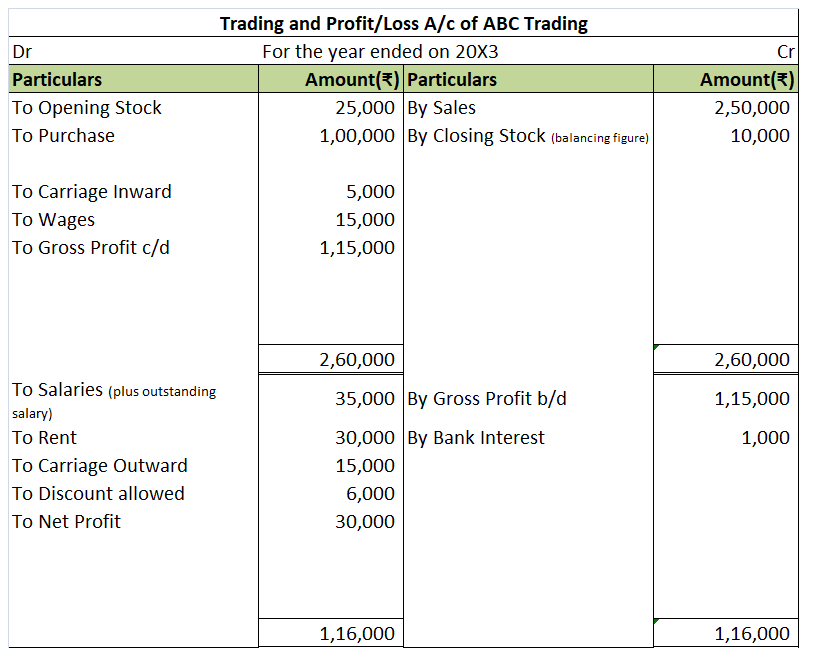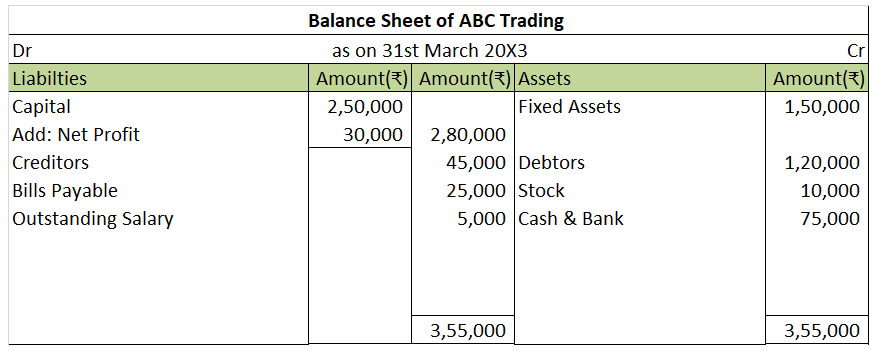The correct answer is 4. Not shown in Branch Account. The value of depreciation of fixed assets will be not shown in the branch accounting because the opening value of the asset is recorded at the start of the period on the debit side and the closing value of the asset is shown on the credit side atRead more
The correct answer is 4. Not shown in Branch Account.
The value of depreciation of fixed assets will be not shown in the branch accounting because the opening value of the asset is recorded at the start of the period on the debit side and the closing value of the asset is shown on the credit side at the end of the period.
The difference between the opening and closing values of the asset is the value of depreciation which is automatically charged. In this case, if depreciation is also shown it will be counted twice.
Example:
XYZ Ltd purchased furniture for one of its branches on 1st January. Following are the details of the purchase:
| Furniture as on 1st January | $30,000 |
| Furniture purchased on 1st June | $5,000 |
Depreciation is provided on furniture at @10% per annum on the straight-line method.

| Woking Notes: | Amt |
| i. Depreciation on furniture: | |
| On $30,000 @10% p.a for full year | 3,000 |
| On $5,000 @10% p.a for 6 months | 250 |
| 3,250 | |
| ii. Branch Furniture as of 31 Dec: | |
| Furniture as of 1 January | 30,000 |
| Add: Addition made during the year | 5,000 |
| 35,000 | |
| Less: Depreciation | (3,250) |
| 31,750 |
As additional furniture was purchased after 6 months, depreciation will be charged on that and the total depreciation of 3,250 will be charged on the furniture of $35,000 ($30,000+$5,000) and the difference will be the closing balance which will be shown in the branch account on the credit side.
The depreciation amount will not be shown in the Branch Account as the difference between the opening and closing values of the furniture reflects the value of depreciation. If depreciation is shown in the account it will be counted twice.
See less






Cash Book is called a journalized ledger because it is considered to be both a journal as well as a ledger. As you know Cash Book is a subsidiary book. But like a journal, the transactions in the Cash Book are recorded in it for the first time from the source documents/vouchers. Hence it is considerRead more
Cash Book is called a journalized ledger because it is considered to be both a journal as well as a ledger.
As you know Cash Book is a subsidiary book. But like a journal, the transactions in the Cash Book are recorded in it for the first time from the source documents/vouchers. Hence it is considered to be a journal for all cash transactions.
Cash Book can also be viewed as a Cash A/c because all transactions involving cash are recorded in it. It provides a summary of cash transactions. Hence it is considered to be a ledger account for cash transactions.
Since Cash Book is both a journal and ledger, you can very well call it a ‘journalized ledger’.
See less